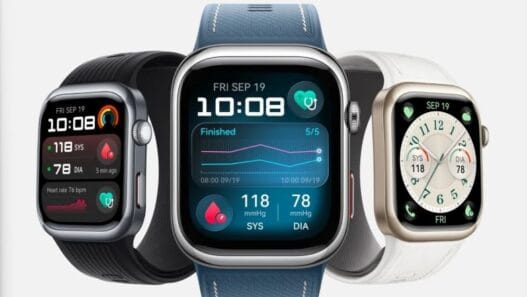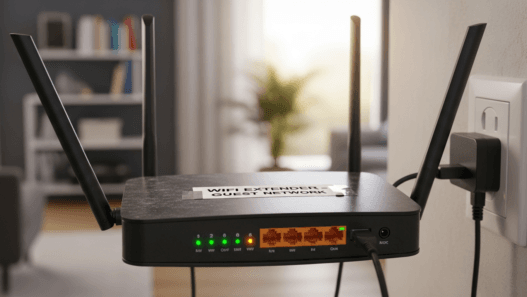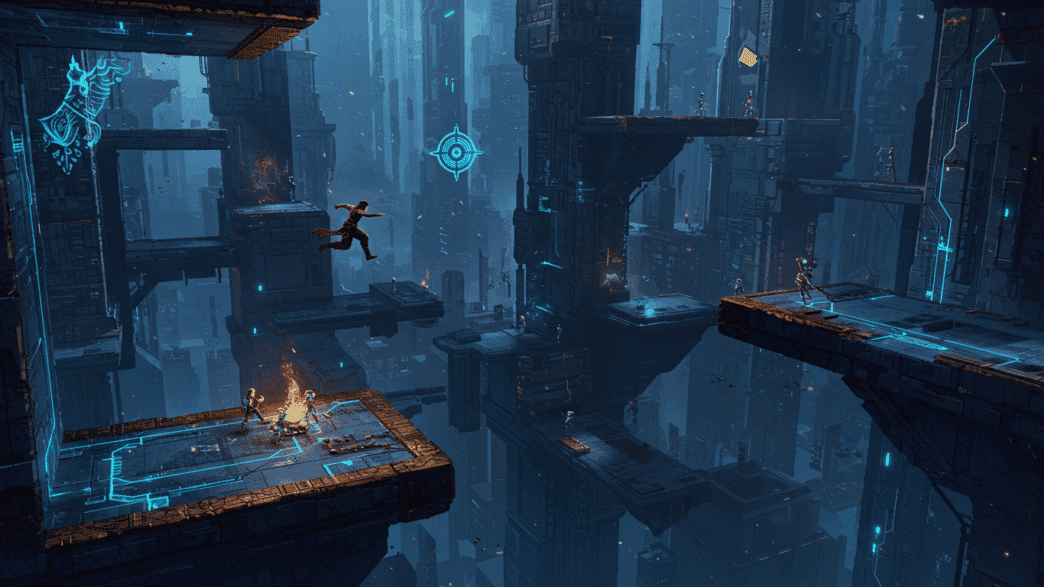If you’ve ever ventured into the captivating world of Metroidvanias, you’ve likely encountered that all-too-familiar dilemma: stumbling upon a daunting pit of spikes, too treacherous for your current abilities. The age-old struggle of hoping you’ll recall its location once you acquire the necessary upgrades is a shared experience among gamers. Hours later, equipped with newfound skills, you find yourself pondering, “Where on earth was that perilous pit?” The ensuing mad quest to retrace your steps becomes a frustrating journey in itself.
Enter Prince of Persia: The Lost Crown, Ubisoft’s latest 2.5D Metroidvania, presenting an ingenious solution to this pervasive issue.
Mapping Memories: A Game-Changer in Navigation
Traditionally, remembering the location of hazards involved meticulous note-taking, often resorting to graph paper. While recent Metroidvanias, such as the stellar Blasphemous 2, introduced customizable in-game map makers, they come with their own set of limitations. Does the skull icon on the map signify a formidable adversary or an unreachable, collectible skull? Crafting a design language for map markers demands forethought, leading to potential confusion during gameplay.
However, in Prince of Persia: The Lost Crown, the remedy is elegantly simple. At any given moment, players can capture a screenshot, instantly pinning it to the in-game map for future reference. Whether it’s the notorious pit of spikes or a strategic vantage point, you’ll promptly discern if your current abilities can conquer the obstacle. It’s the epitome of photographic memory in gaming.
Limitations and Workarounds
While this innovative feature comes with some constraints, notably a finite number of active memory shards, the game compensates by allowing customizable markers alongside screenshots. This ensures you never find yourself second-guessing your path to the next upgrade or a now-accessible treasure chest.
Imagine if this game-changing mechanic made its way into other titles, revolutionizing how players navigate their virtual worlds. Until then, we’ll have to contend with less streamlined methods, like the cumbersome double-screenshot technique—one capturing the map and another showcasing the gameplay.
In a gaming landscape constantly evolving with new ideas, Prince of Persia: The Lost Crown sets a noteworthy precedent by addressing a long-standing frustration with an elegantly simple solution. As we continue to explore the boundaries of Metroidvanias adventures, this addition might just be the key to smoother and more enjoyable gameplay experiences.















